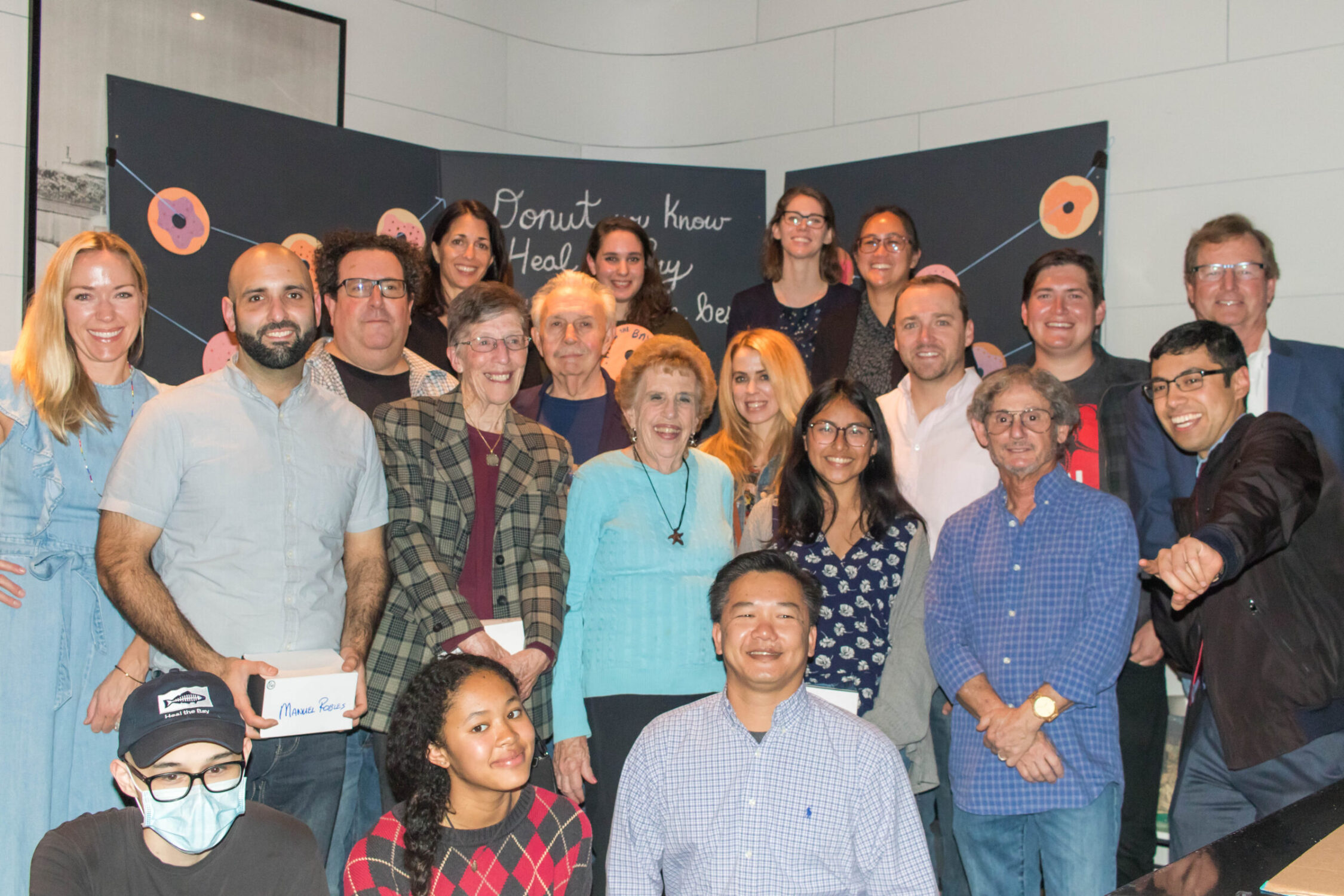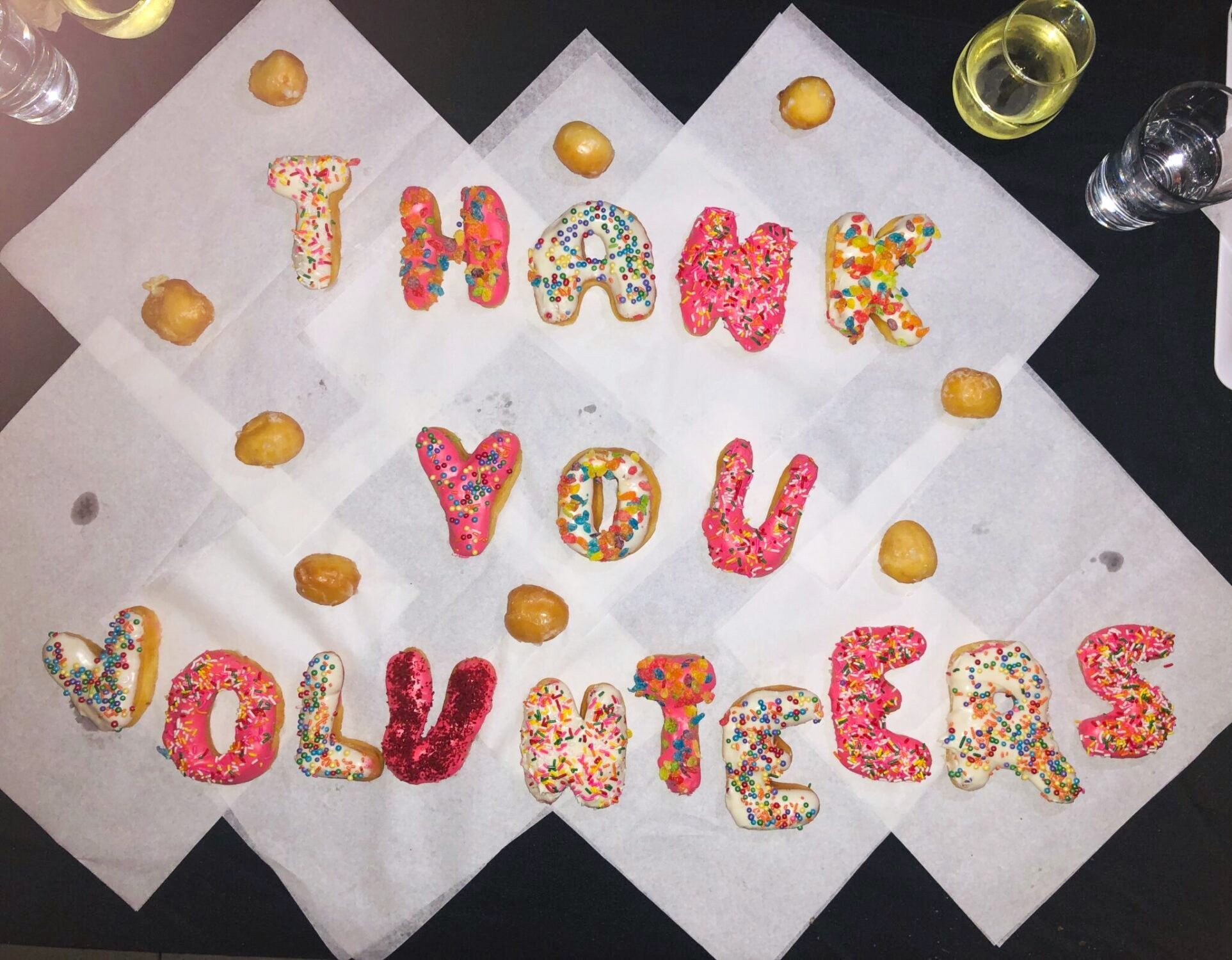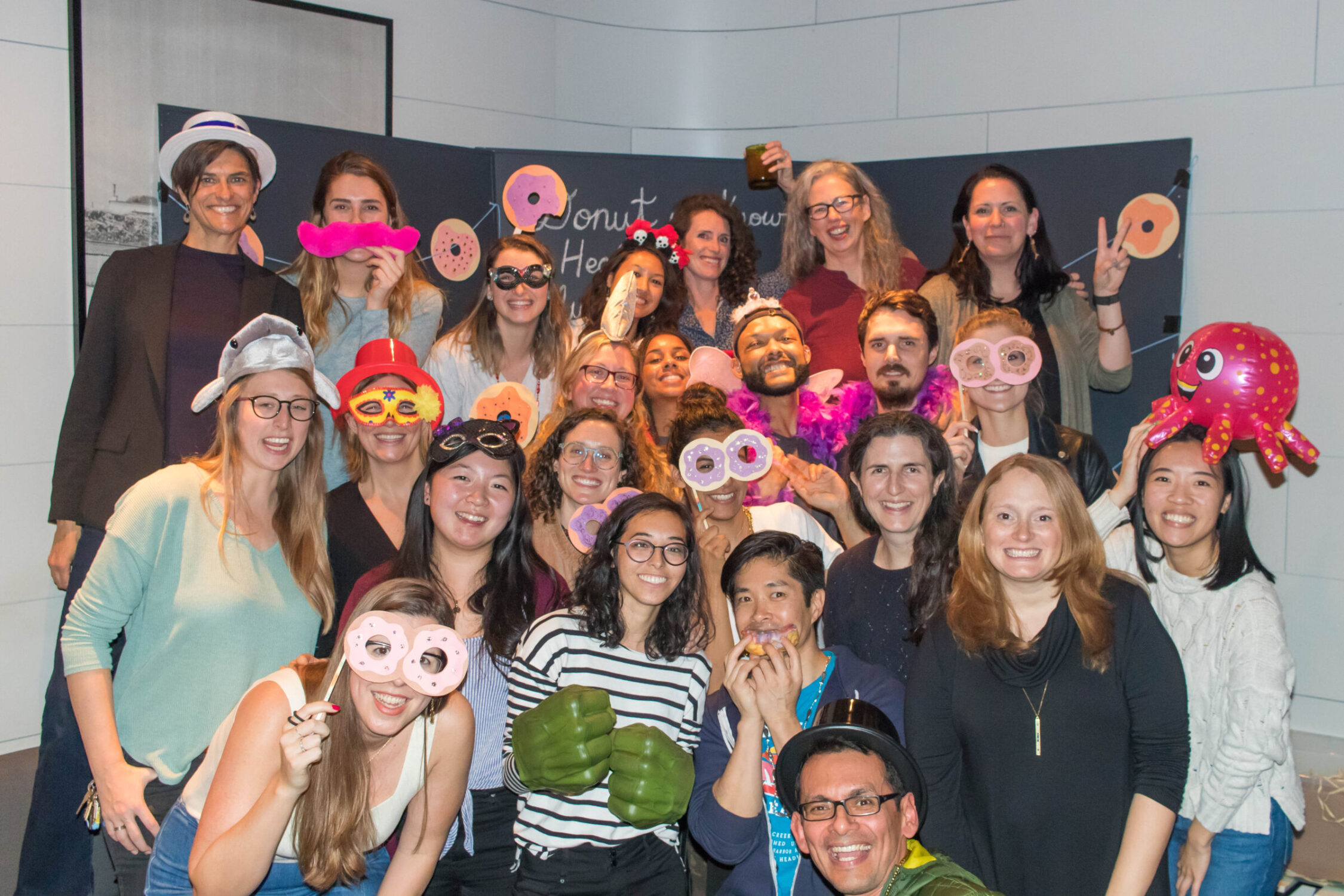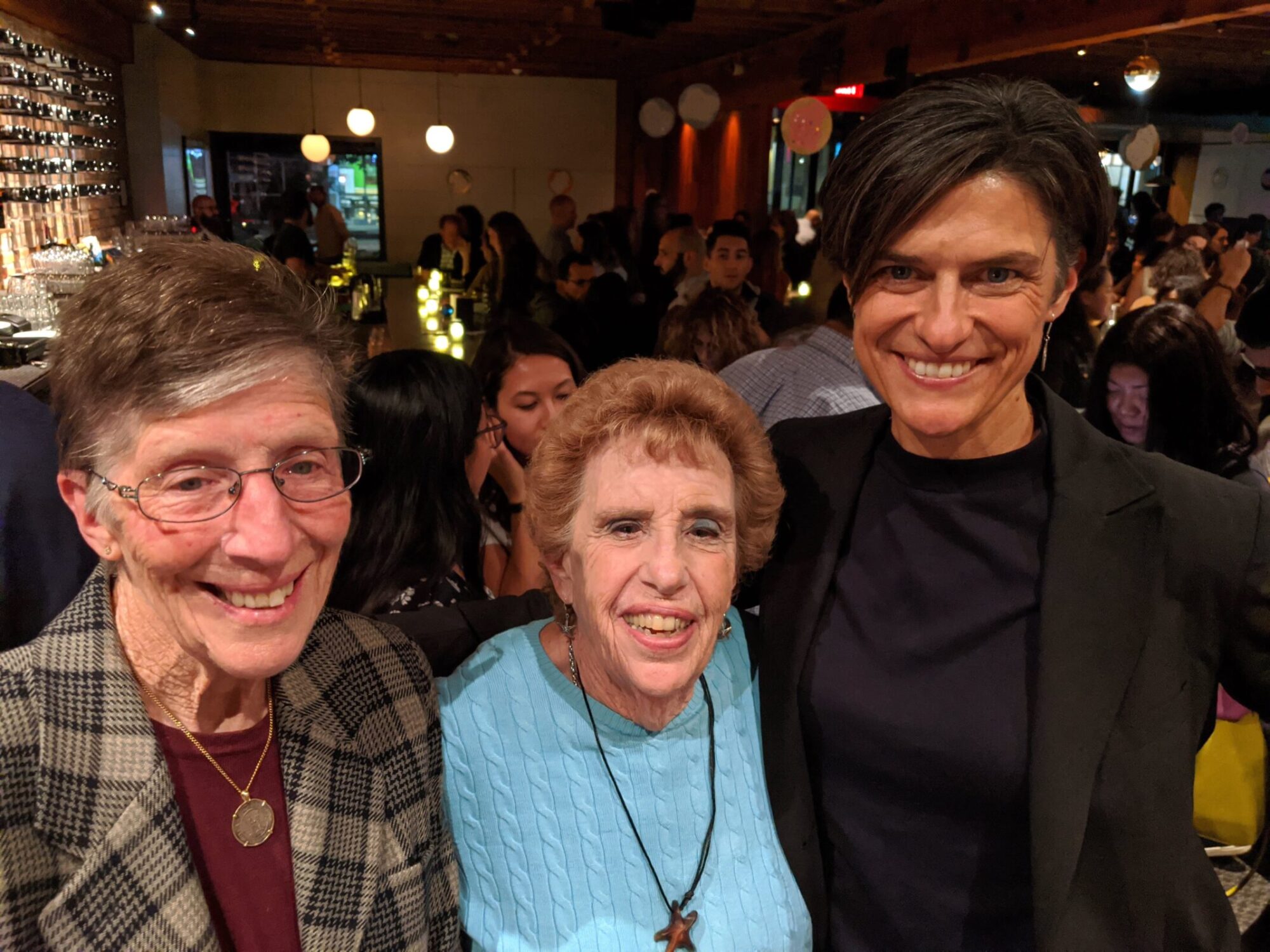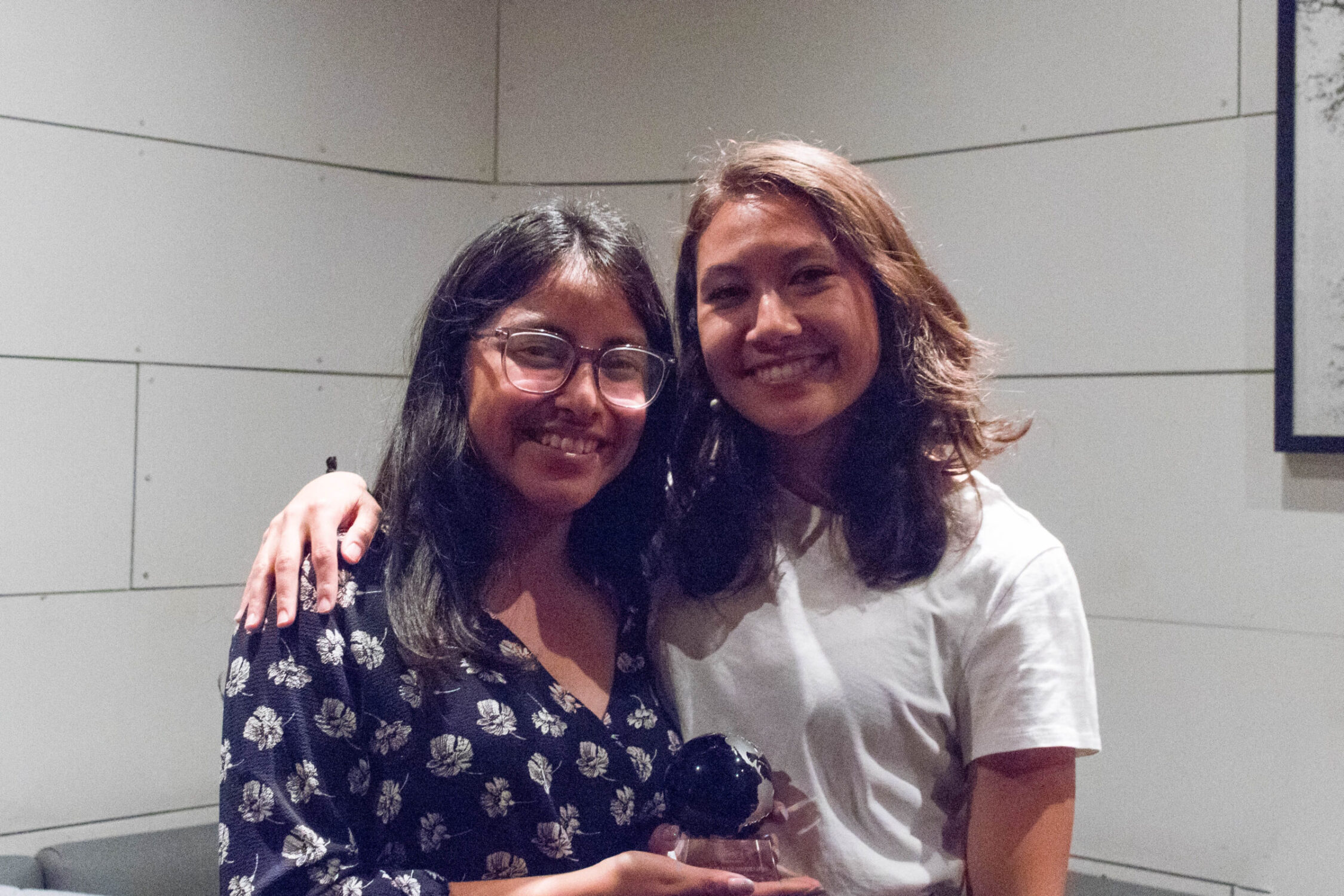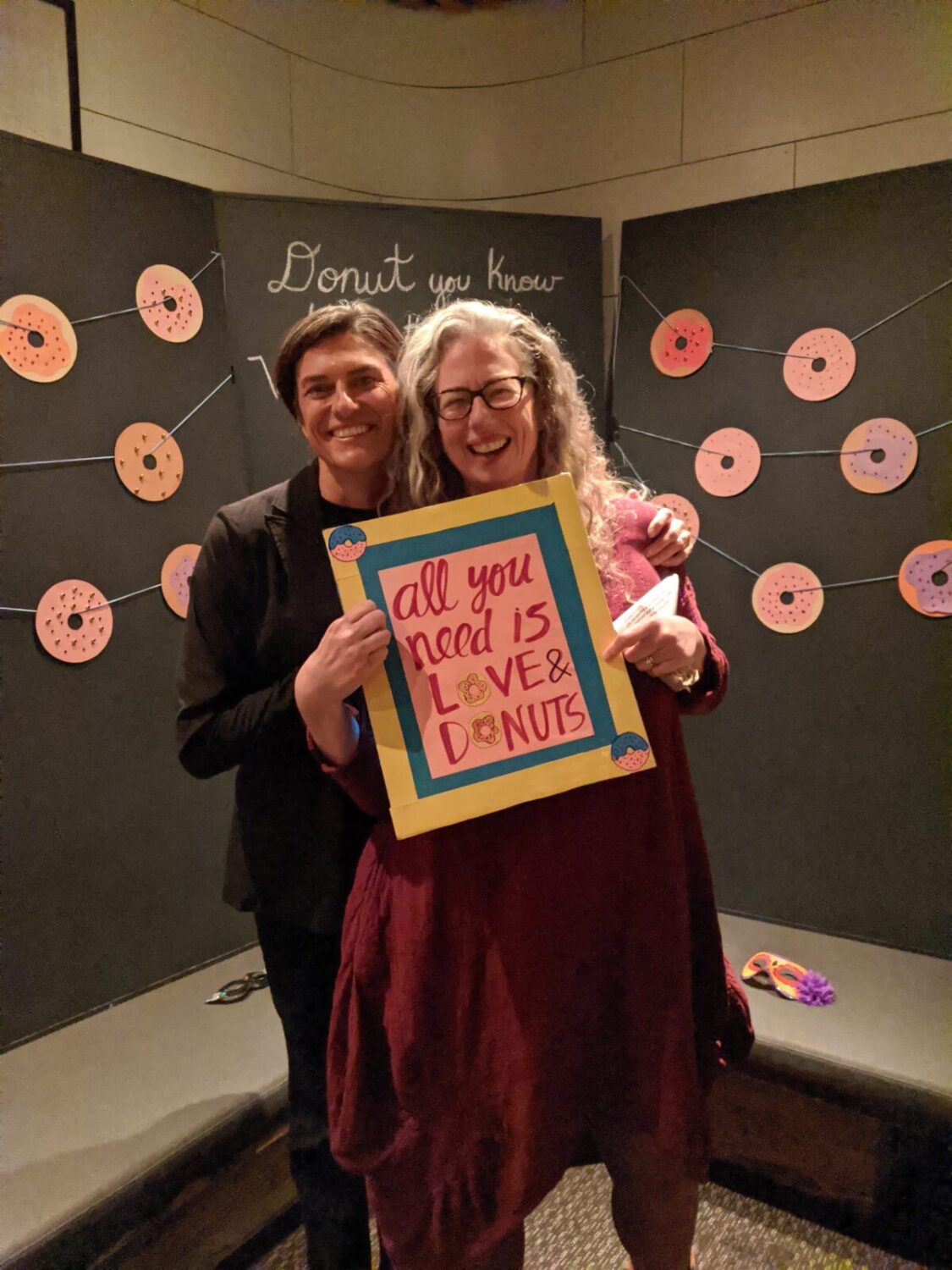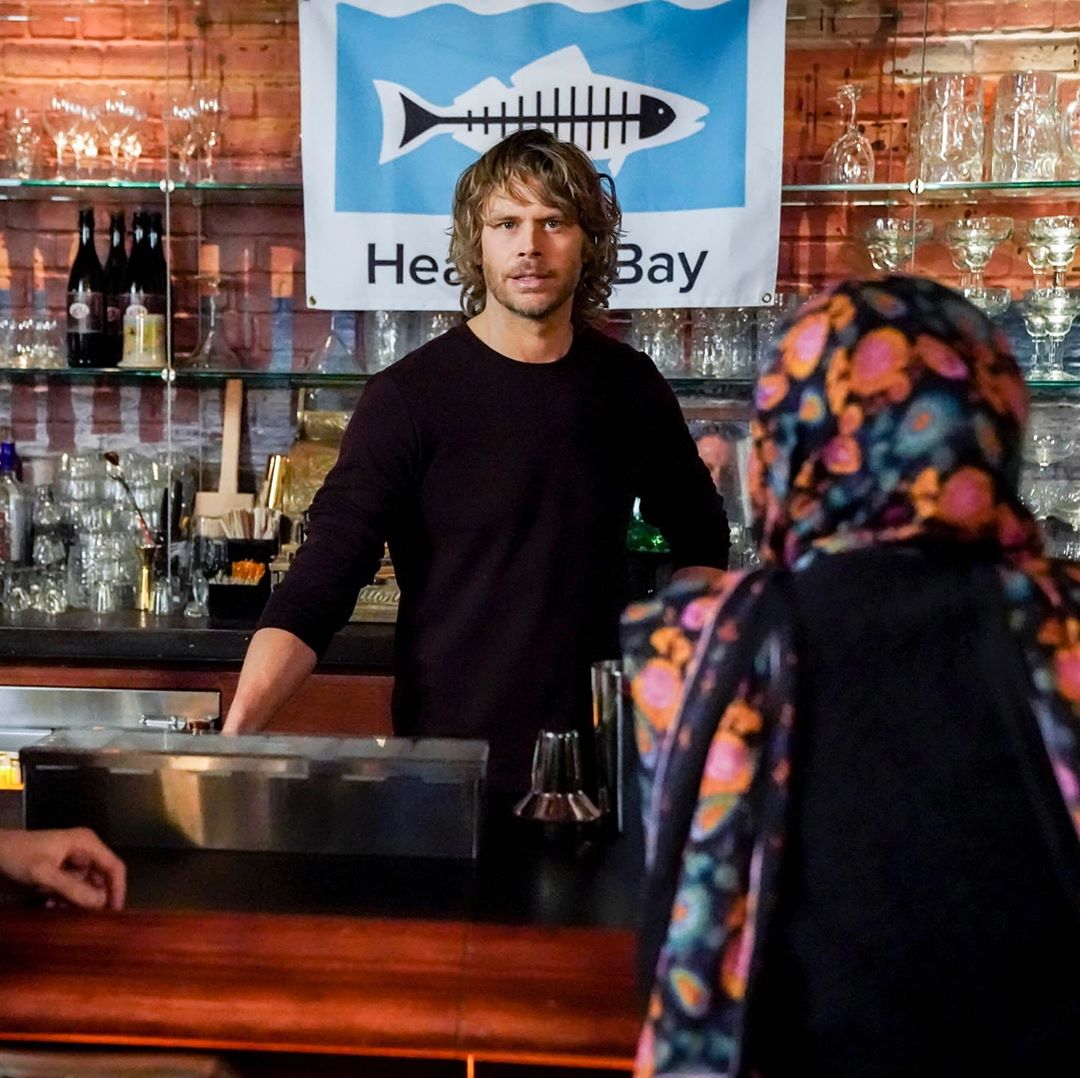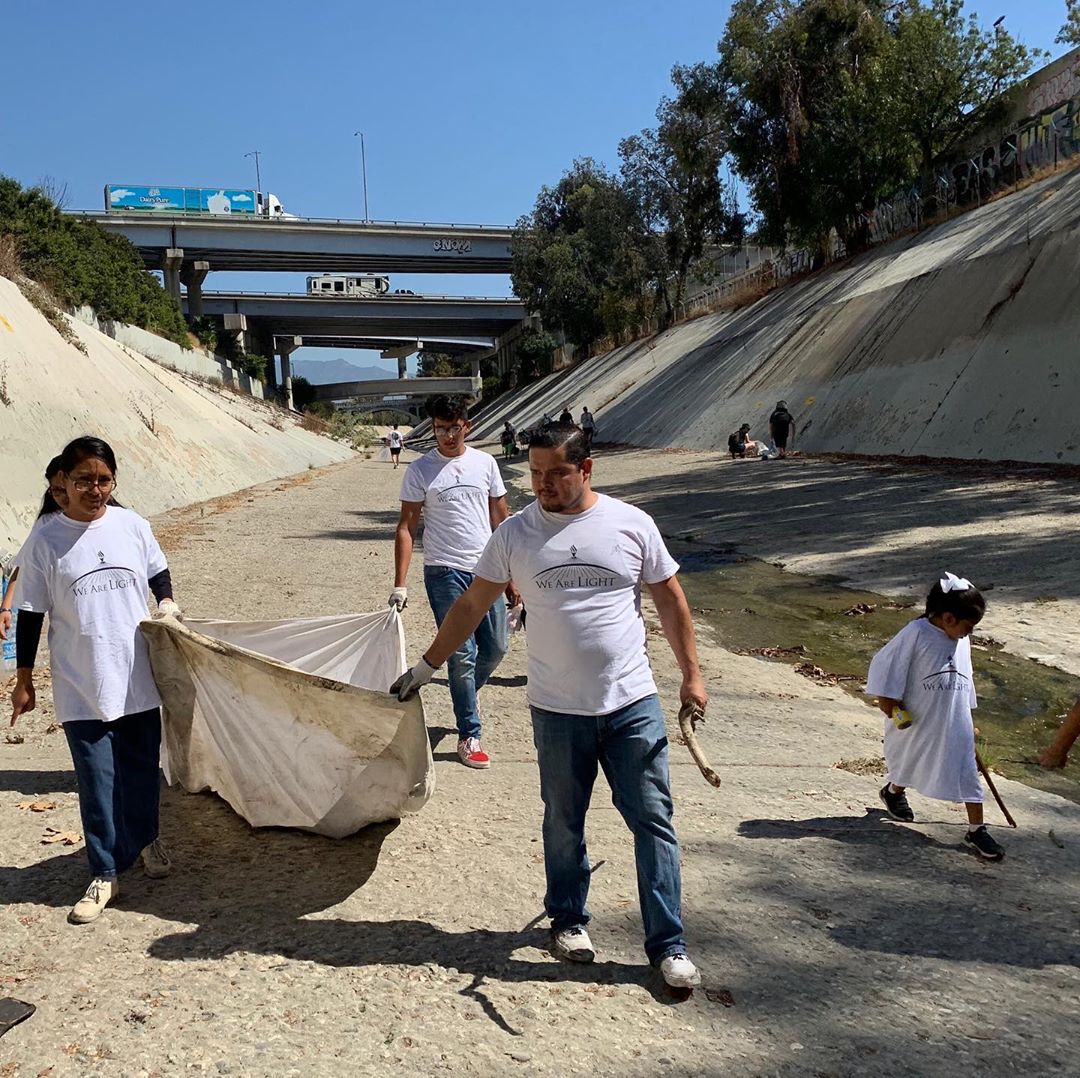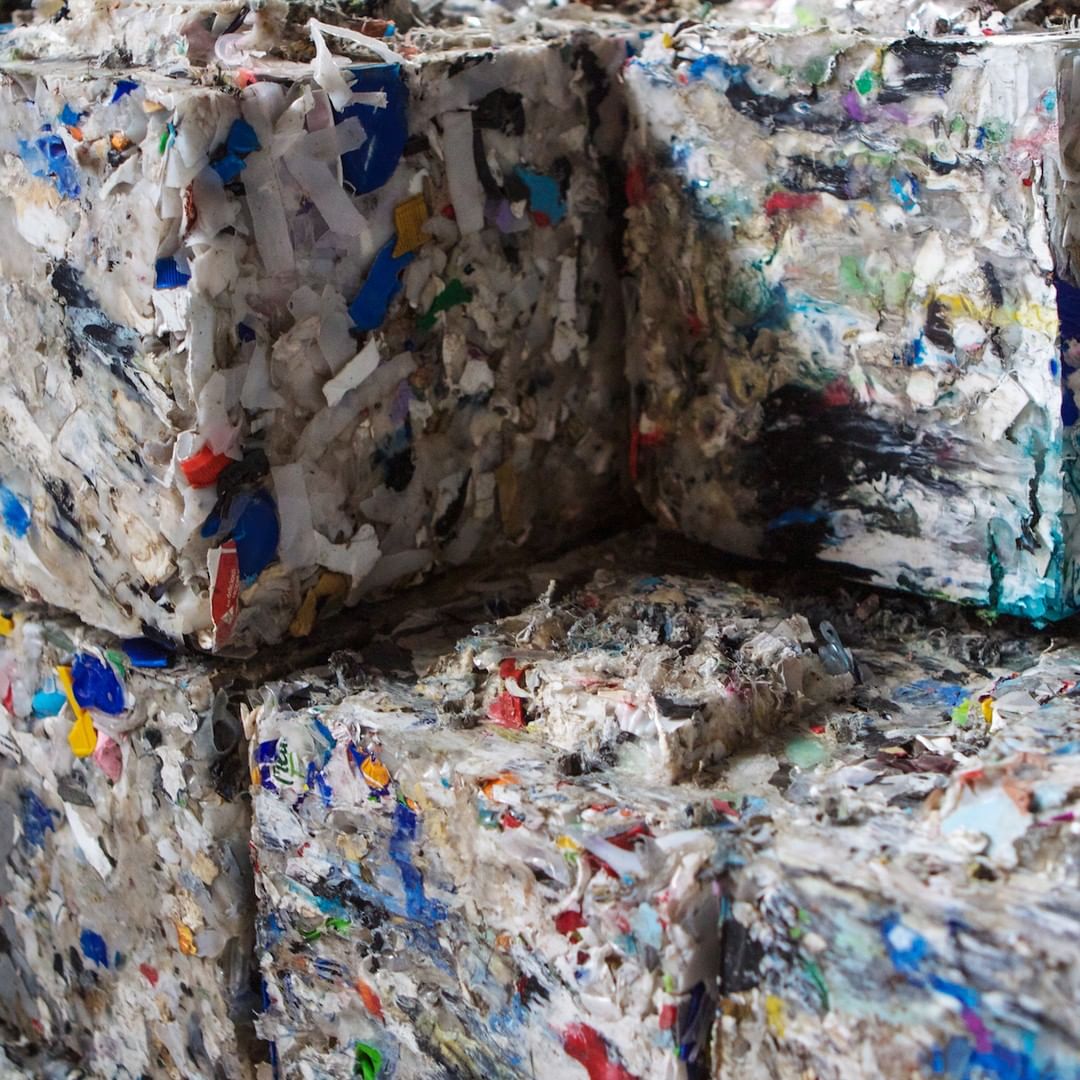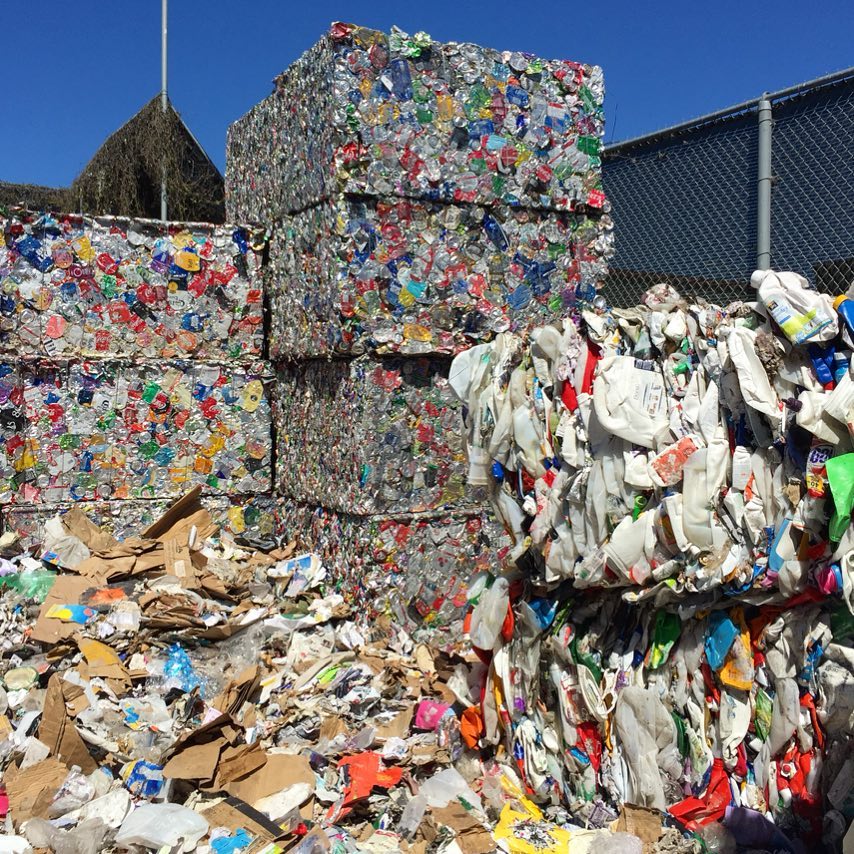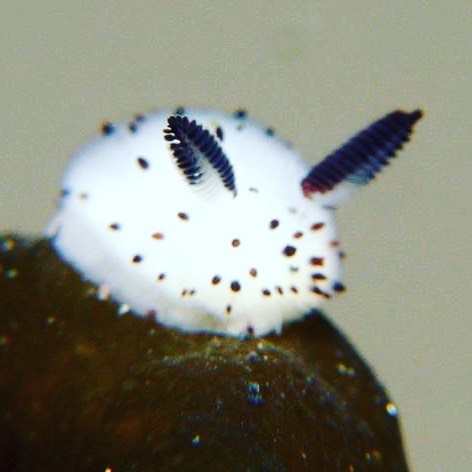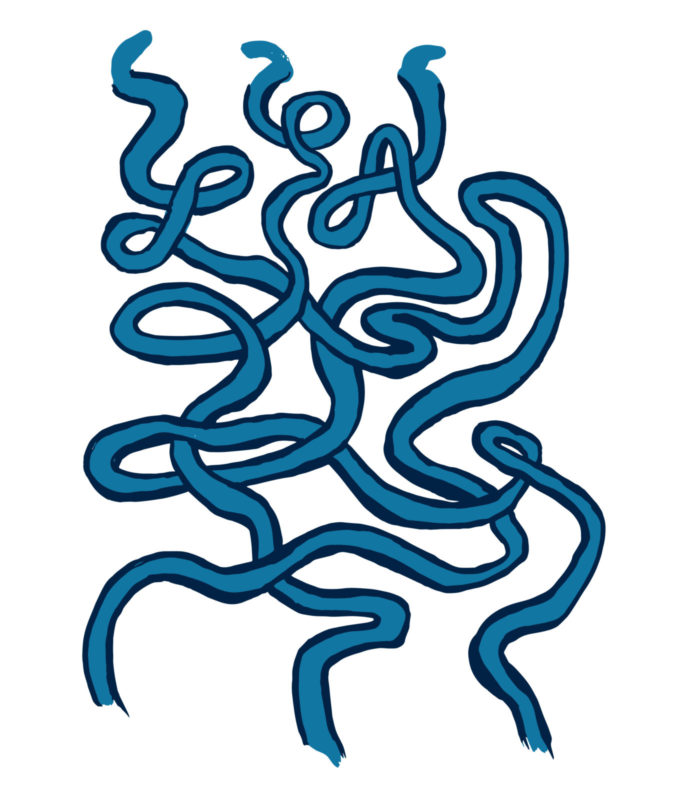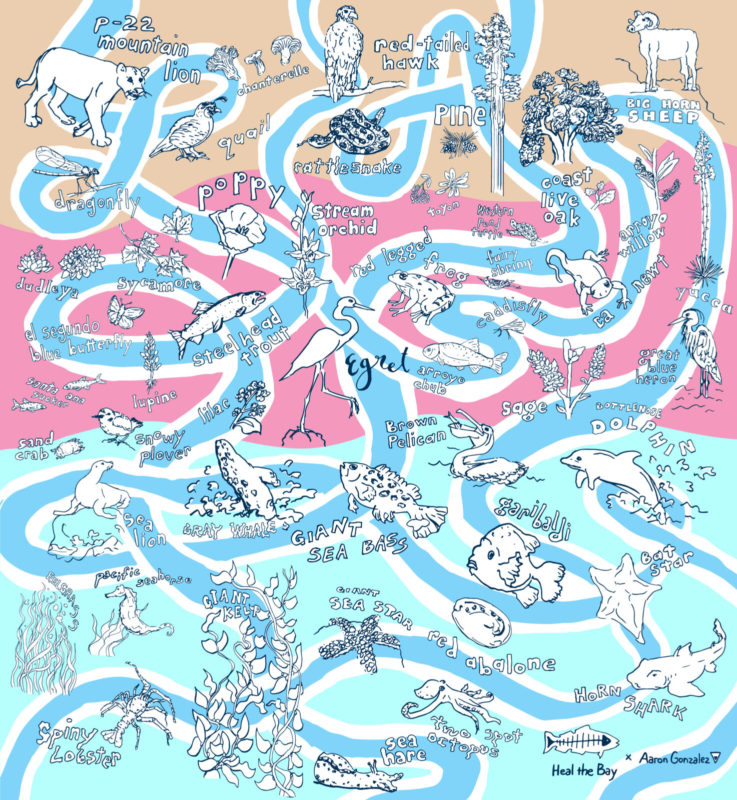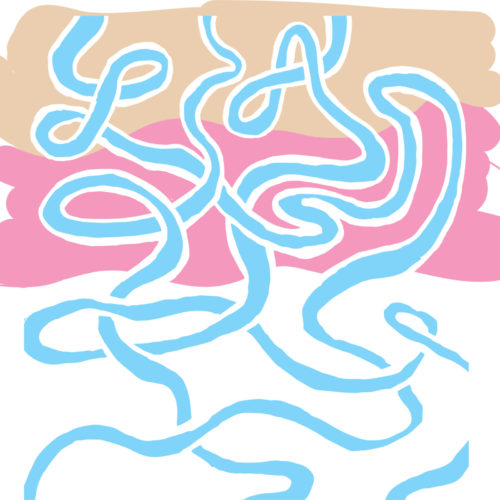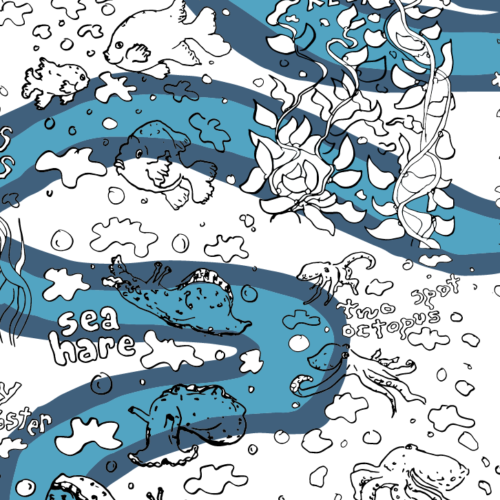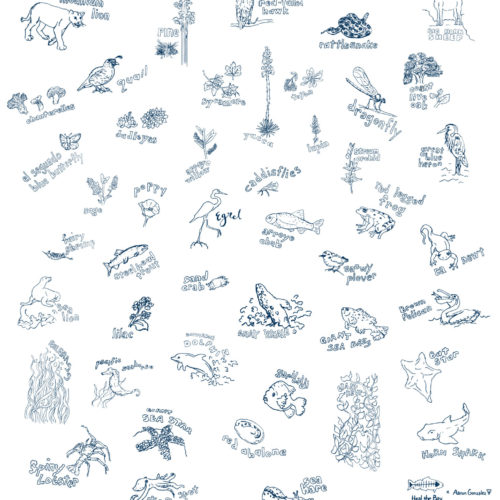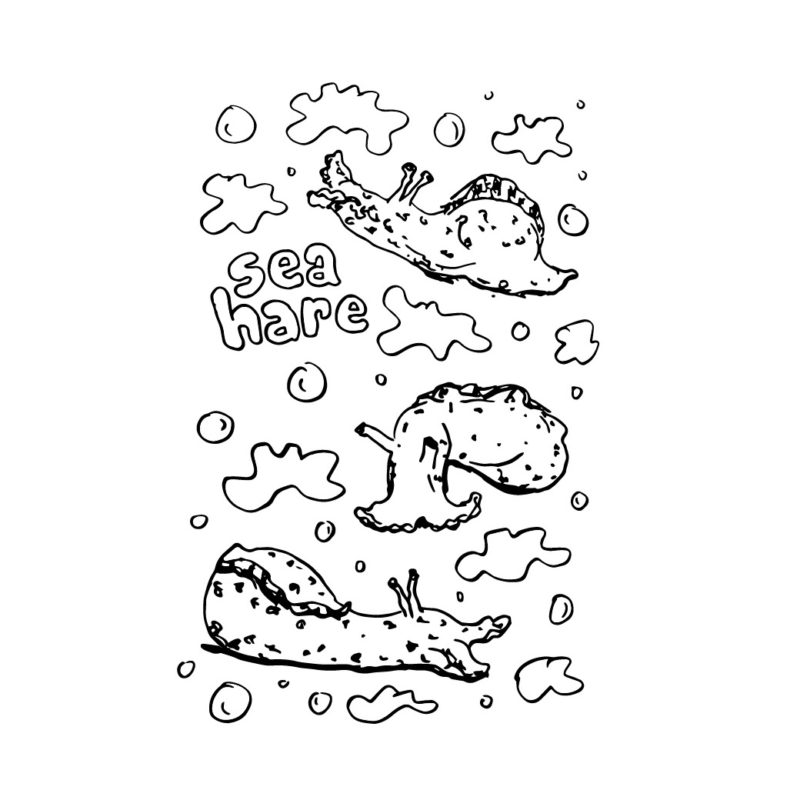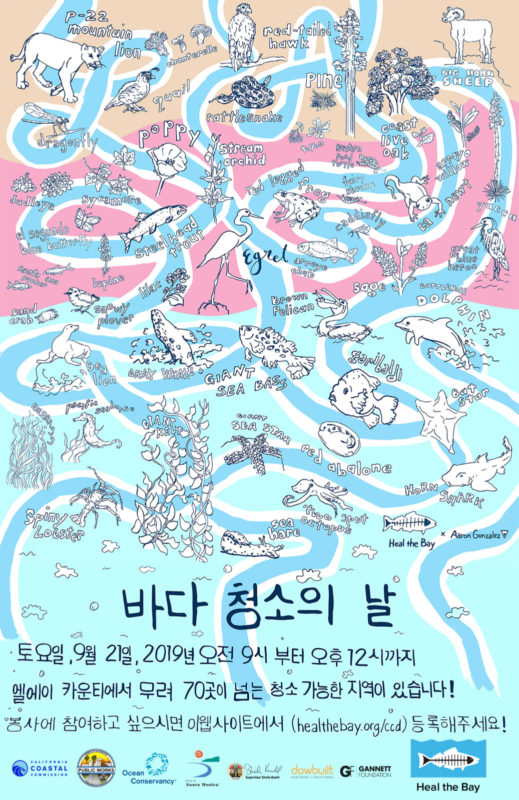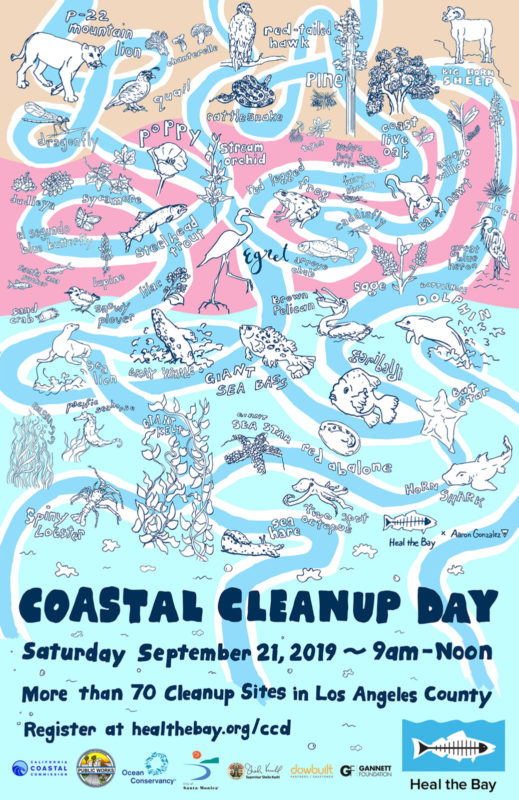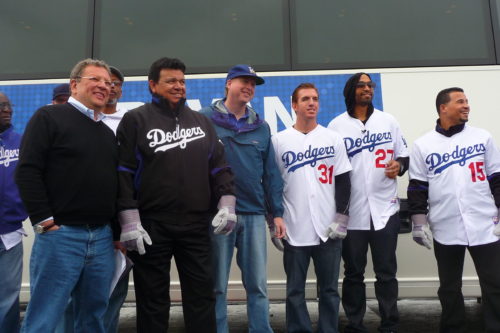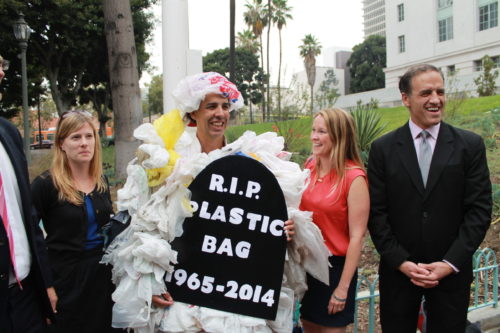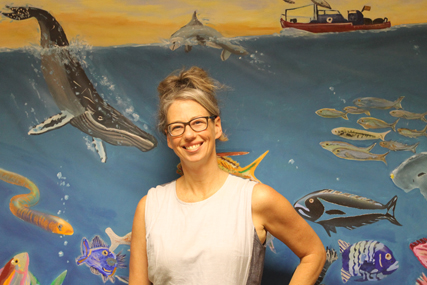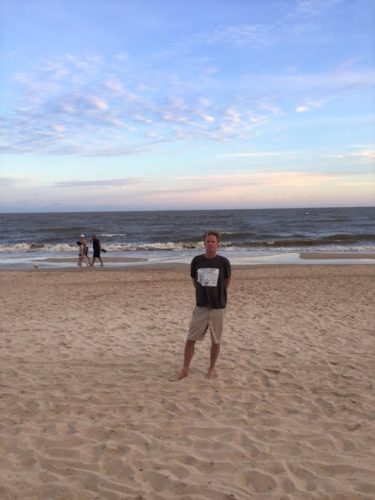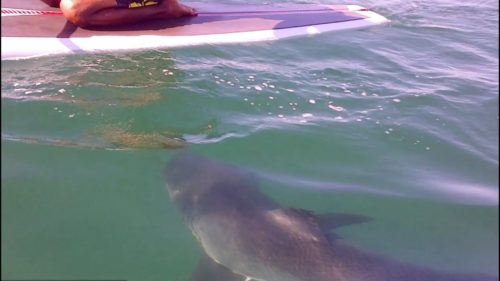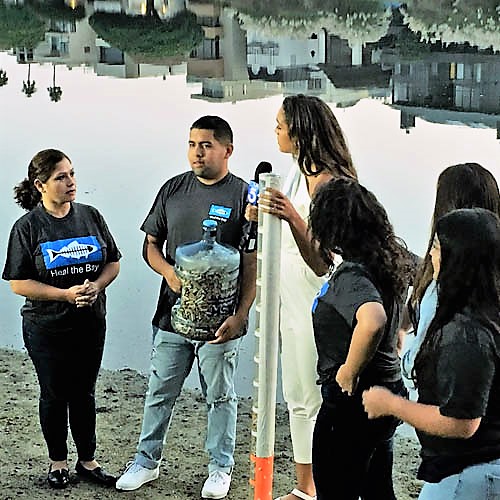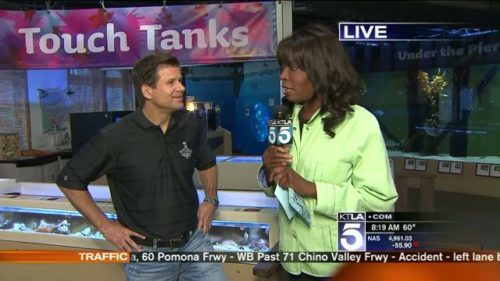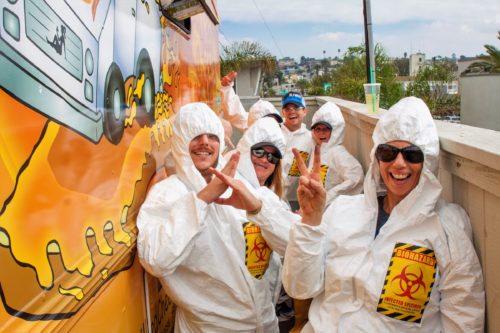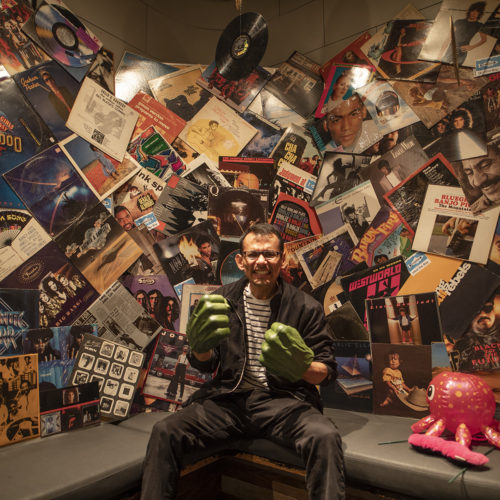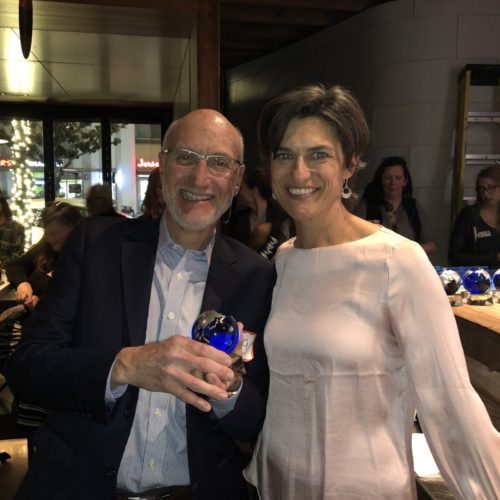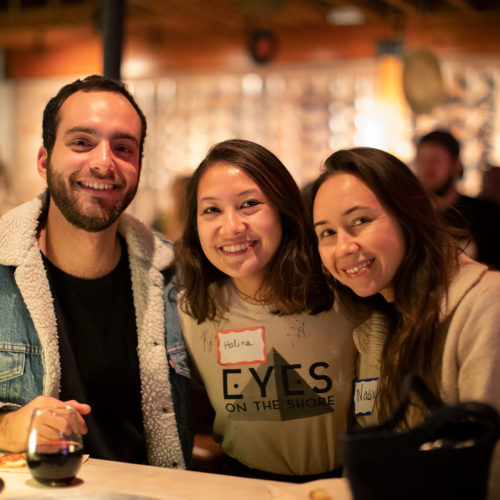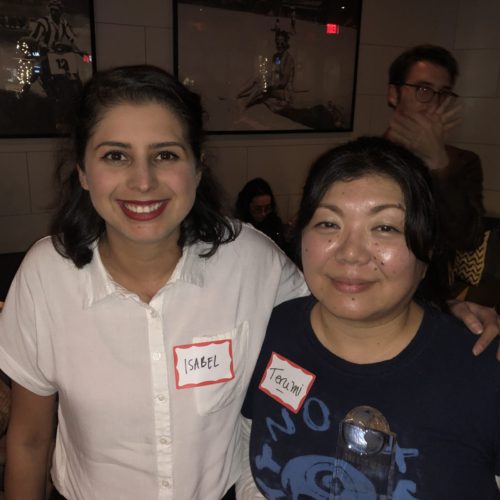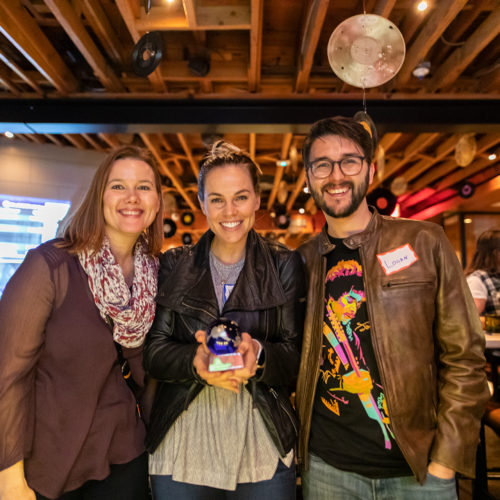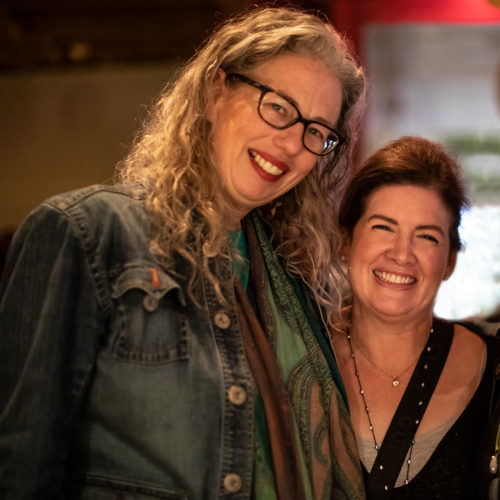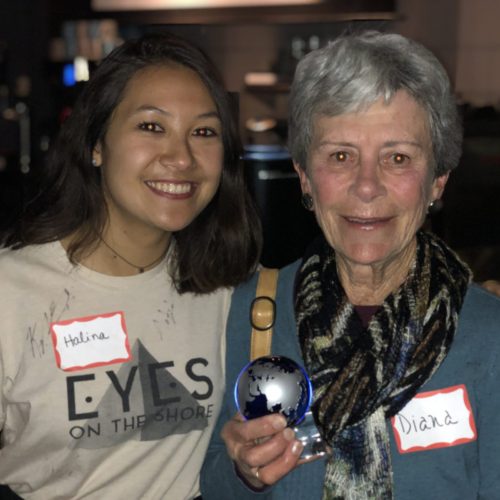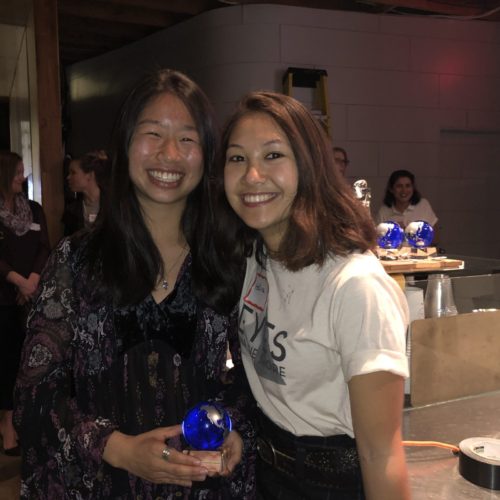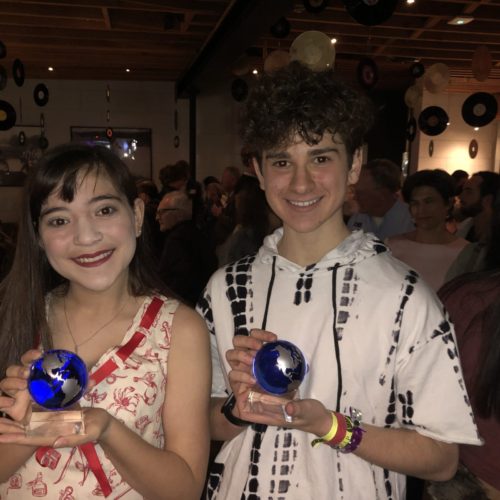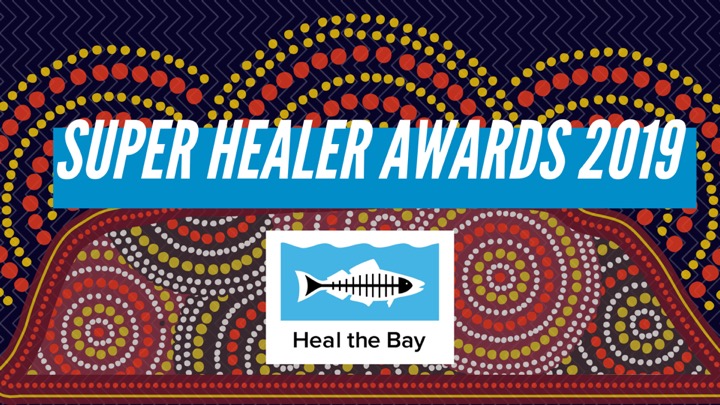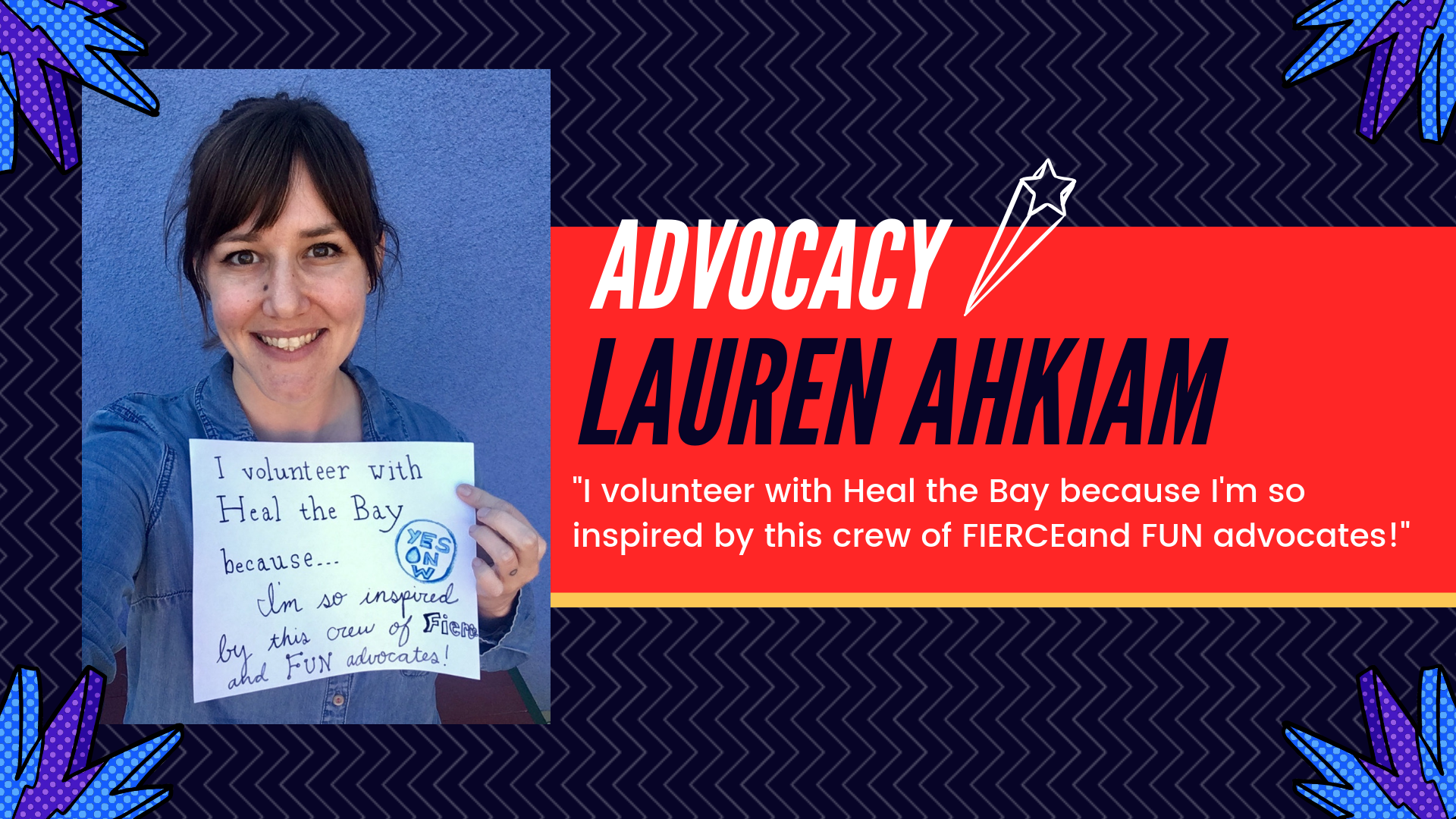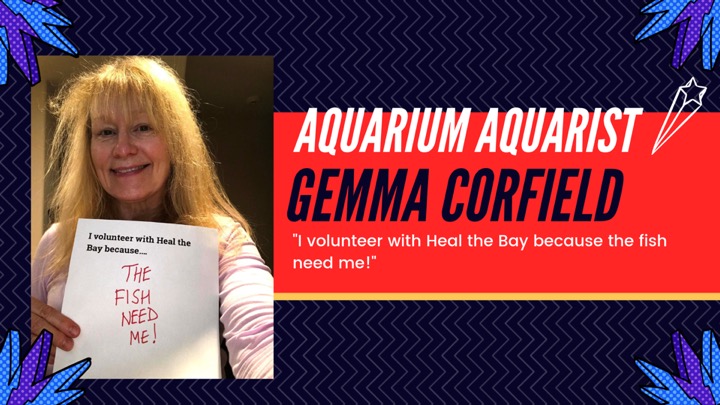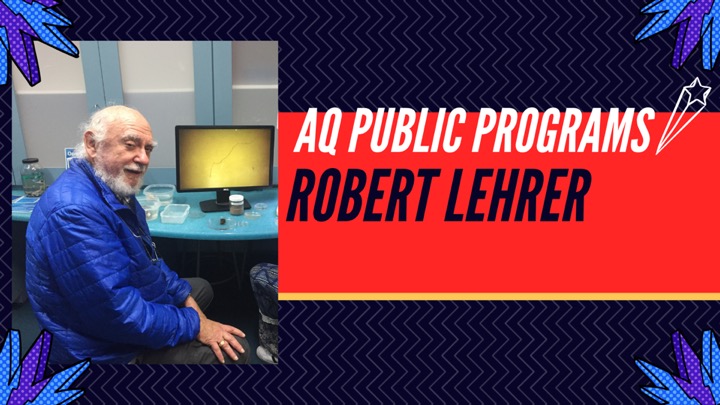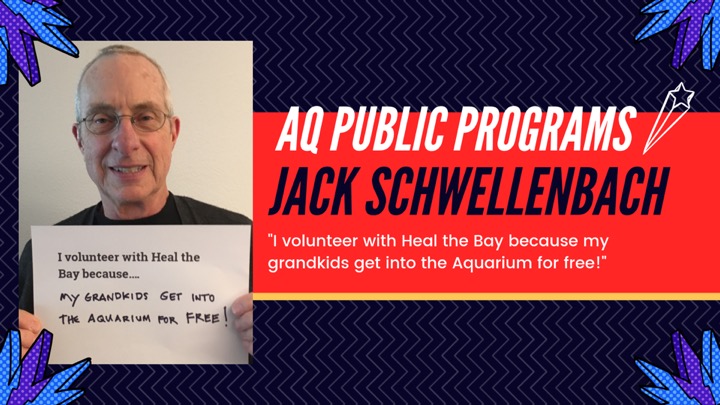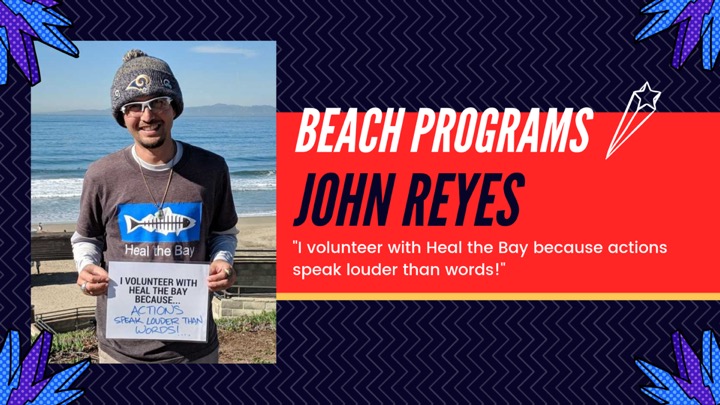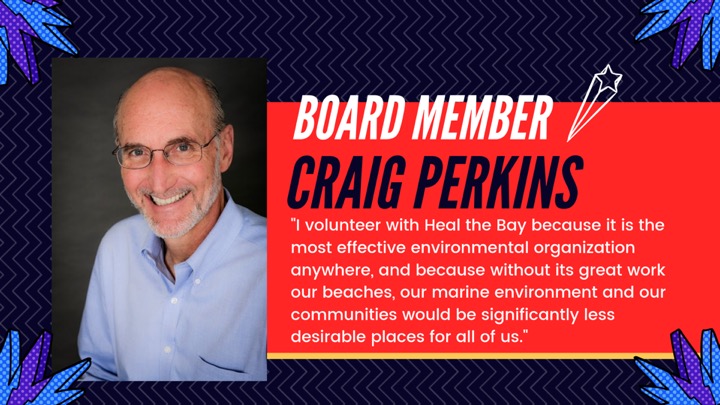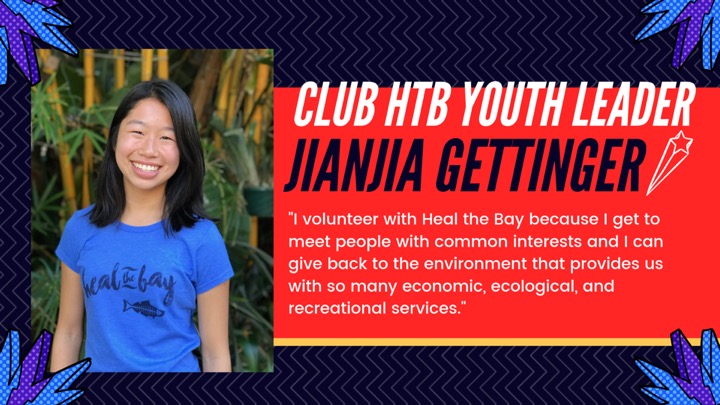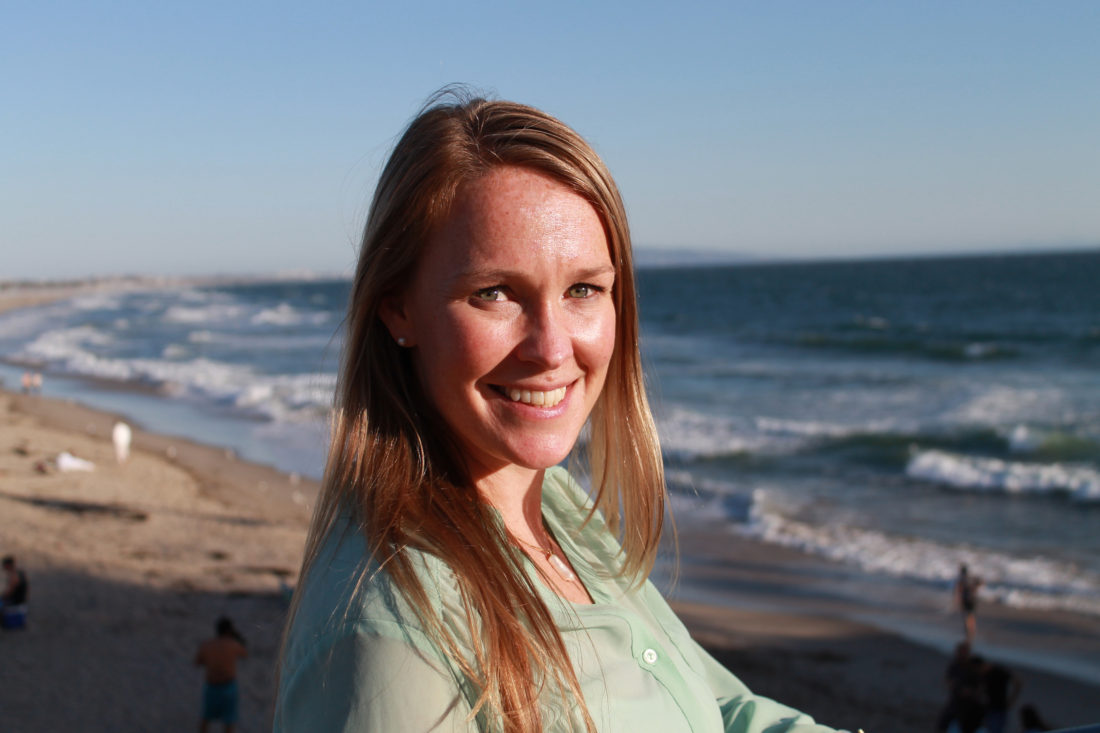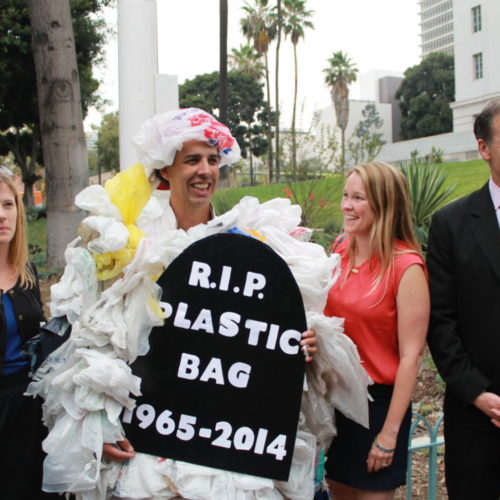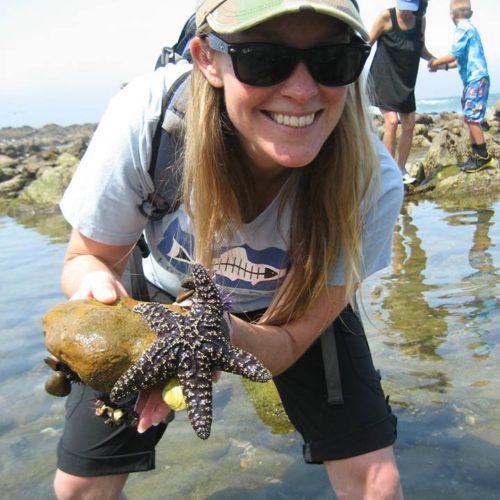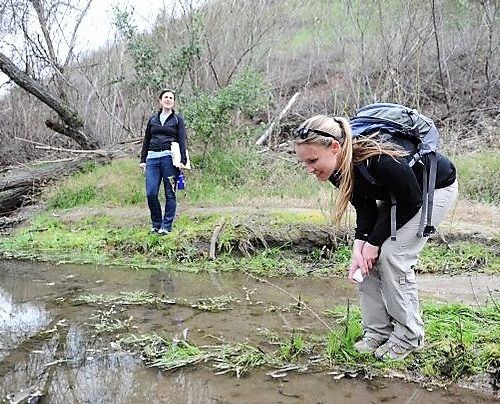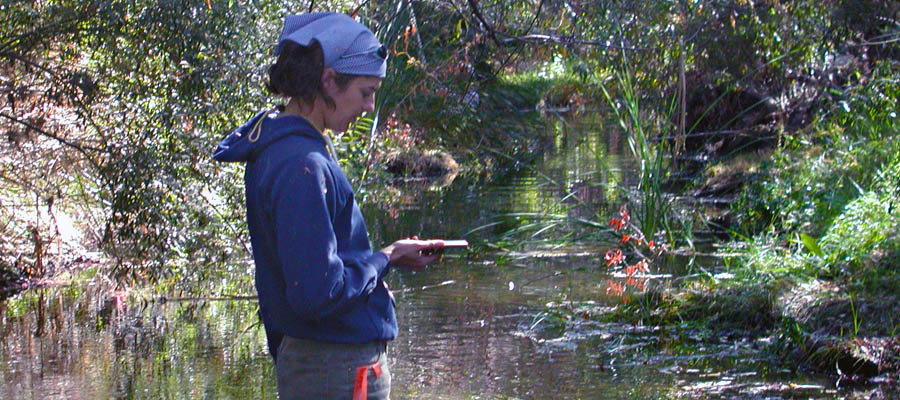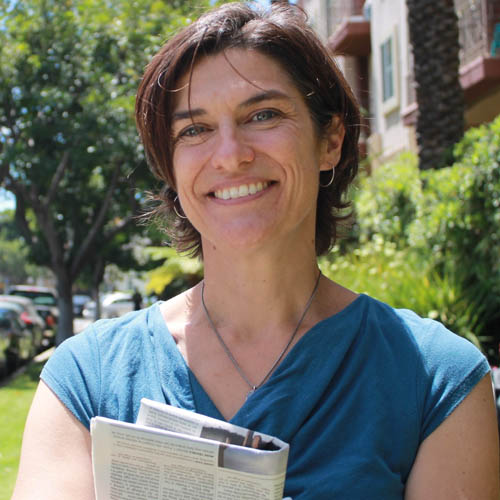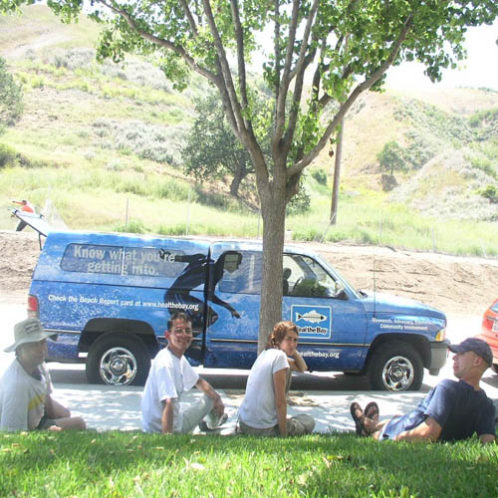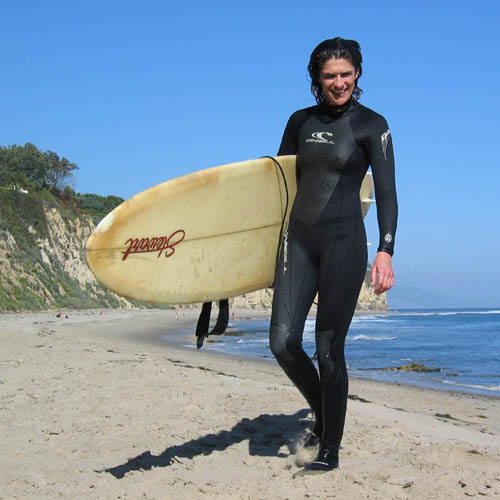Danielle Furuichi, Heal the Bay’s Outreach Coordinator, shares their personal journey in the environmental justice movement, and how each and every one of us must have a unique role in transformative action. Read part two of this blog post.
When I first started my journey in the environmental field, my idea of environmentalism was purely ecological. I viewed nature as a place where I would escape to, rather than something I was a part of. My definition of the environment did not include my home or my community. But I now understand how this view is incomplete; where we live, where we work, and where we recreate are all parts of our environment, and ecological and human health are equally important and inextricably linked.

The way I view environmental issues now is much more holistic, but to get there, I had to zoom out and take a broader look at my identity and my view of the world. I realized how my privilege shaped my perspectives, and the only way to see past it was to acknowledge it. I grew up in a middle class family, in a house, with two, supportive, cisgender, heterosexual parents. We had a car and I frequently went to the beach and traveled to national parks around the state. I saw myself as separate from nature and the environment because my immediate environment was not in danger nor was my access to it threatened. Environmental injustices did not impact my family or my community. But my experience is vastly different from that of others.
I share this with the hope that you will also reflect on your view of environmental issues and the role your identity and experiences have played in shaping your perspective. Here is some of what I have learned in reshaping my own:
Our Environment
At the most basic level our environment is what surrounds us. Access to clean water, sanitation, clean air, and safe and stable housing are all essential for us to have a healthy environment. When one or more of these are impaired, both human and ecological health are endangered. All too often ecological and human health are pitted against each other: increasing green space in a community drives up the cost of living there, displaces residents, and leads to gentrification. A beautiful, clean, thriving environment does not and should not have to come at the expense of any community.
Environmental justice encompasses the idea that human and ecological health are interconnected and that all people should be a part of the decision-making process when it concerns their environment. The 17 Principles of Environmental Justice, established at the First National People of Color Environmental Leadership Summit in 1991, is the “defining document” of what environmental justice looks like for the Earth and all of its inhabitants. It concludes, if the environmental movement excludes human health and social justice, the movement is incomplete. There is intrinsic value in protecting the environment – an environment that includes people who are healthy and cared for. I encourage you to read through the 17 Principles and use them to expand your view of the environmental movement. We also have to take a look at history to further understand the relationship between human health, social justice, and the environment.
Historical Context
As we have seen recently with COVID-19 and for decades prior, socioeconomic status and race frequently determine which communities will experience the biggest negative impacts of health and environmental crises. We have witnessed over and over again that environmental issues do not affect all communities equally. Often, it is low-income communities of color that disproportionately bear the burden of poor air quality, poor water quality, and the impacts of climate change – a burden amplified by limited access to parks, recreation, and open space. This relationship is not a coincidence; a history of racially discriminatory land acquisition, voting, and environmental policies has created a legacy of injustice in the U.S. that continues today. Previously redlined neighborhoods now have high levels of poverty, pollution burden, and a lack of access to green space.
My Role
Now that I have this new perspective, what do I do with it? And how do I incorporate what I’ve learned into my work? I am continually learning about myself, environmental justice, and my place in the environmental movement. I’ve learned recently about the value of transformative over transactional practices and where true impact lies. Transformative practices take time and produce long-lasting change, while transactional practices are merely an exchange, and their impacts are short-term and insignificant.
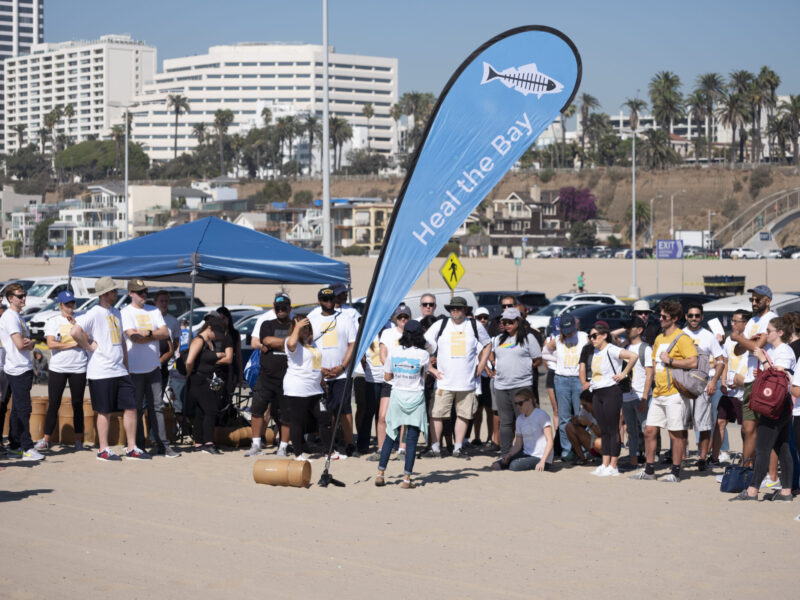
Danielle giving a beach talk at a Suits on the Sand cleanup. Photo by Victor Fernandes.
I have taken a critical look at the programs I manage at Heal the Bay – Suits on the Sand, Speakers Bureau, and Club Heal the Bay – to see how I can make these truly transformative. I started by educating myself and building meaningful connections and relationships with program participants. I continue to share what I’ve learned and hold myself accountable for transformative programming and an inclusive and holistic approach to environmental issues. I held an Environmental Justice Youth Summit for local middle and high school students, created an Environmental Justice-focused Suits on the Sand, and helped create more inclusive volunteer trainings. But I am still only at the beginning of my journey. Social and environmental issues stem from institutional and systemic racism, so I must check my privilege and be actively anti-racist and intentional in weaving equity and justice into my work.
In the next blog post, I will break down the concepts of equality, equity, and justice, as I look at transformative action in the environmental movement.
Additional Resources
I have found the following timelines helpful in connecting public health, civil rights, and the environmental movement in the United States:





